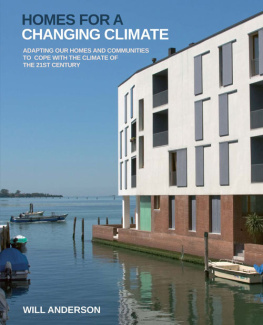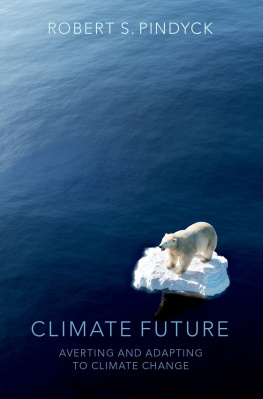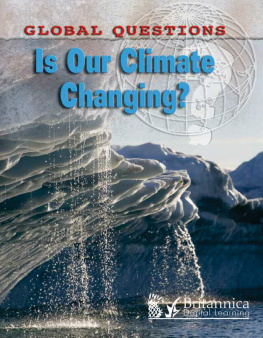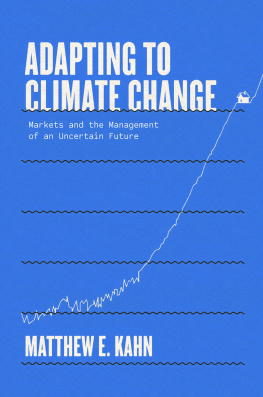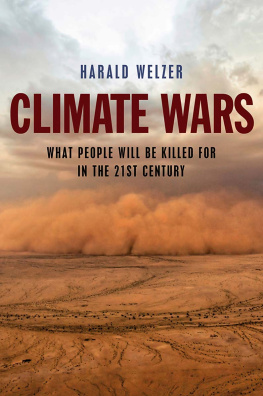

HOMES FOR A
CHANGING CLIMATE
ADAPTING OUR HOMES AND COMMUNITIES TO COPE WITH THE CLIMATE OF THE 21ST CENTURY
WILL ANDERSON

green books
First published in 2009 by
GREEN BOOKS
Foxhole, Dartington
Totnes, Devon TQ9 6EB
www.greenbooks.co.uk
Will Anderson
All rights reserved
Design & layout
Stephen Prior
First published in digital formats 2010
Cover image:
New apartments on the Giudecca in
Venice. Photograph by Will Anderson.
DISCLAIMER: The advice in this book is believed to be correct at the time of printing, but the author and the publishers accept no liability for actions inspired by this book.
Print format ISBN 978 1 900322 47 8
PDF format ISBN 978 1 907448447
ePub format ISBN 978 1 907448 45 4

Acknowledgements
My wholehearted thanks to all the people who informed, advised, supported and enabled the creation of this book.
Many people opened doors to their homes, lives and ideas. Thanks to Katerina Alifragi, Piers Allison, Justin Bere, Colin and Marie Carr, Rhoda and Neil Campbell, Maggie Fyffe, Lotte Glob, Bonnie Hewson, Christine and Pete Hope, Chris and Iain Learmouth, Ru Litherland, Nigel Lowthrop, Flora MacDonald, Martin Mackie, David Matzdorf, Janine Michael and Andy Moore, Russell Smith, Simon Tilley, Jo Woollcott, Nicholas and Heather Worsley, Tony Wrench, the residents of the Cotman Housing Association and the citizens of Seville. Thanks also to the Arnol Blackhouse Museum, the Beth Chatto Garden, Food Up Front, the Hockerton Housing Project and the Isle of Eigg Heritage Trust.
I am indebted to the following for their professional advice and insight: Gordon Anderson (Anderson Associates Ltd), Mary Arnold-Forster (Dualchas Building Design), Duncan Baker Brown (BBM Sustainable Design Ltd), Justin Bere (Bere Architects), Cor Beekmans and Arnoud de Bruijne (Nederlands Rijkswaterstaat), Stuart Bagshaw (Stuart Bagshaw & Associates), John Booth (Eigg Electric), Roger Budgeon (The Green Shop), Kiran Curtis (Kiran Curtis Associates), Nick Grant (Elemental Solutions), Francesca de Pol (Consorzio Venezia Nuova), Kerry Rankine and Julie Brown (Growing Communities), Andy Simmonds (Simmonds Mills Architects), Russell Smith (Parity Projects), Peter Smithdale (Constructive Individuals), Wayne Tatlow (Cotman Housing Association), Neil Winder (Studio MGM) and the members of the AECB.
For their interest, enthusiasm and support, thanks to Anne Anderson, Hari Beaumont, Sophie Branscombe, Karin Burnett, Robbie Currie, Sara Maitland, Margery Povall, Jane Powell, Norma Watson and especially Ford Hickson. The idea for the book was seeded by my late uncle, Allan Herriot.
I could not ask for a more supportive publisher. For their dedication, patience and hard work, thanks to Stephen Prior, Alethea Doran, Amanda Cuthbert, John Elford, Laura Myers, Bee West and Jon Clift.
The book would not have been possible without the work of the Met Office and the UK Climate Impacts Programme.
Photography credits
All photos by Will Anderson except the following.
Dave Maggs and David Barnes(page )
Kiran Curtis Associates (images pages )
The Green Shop (page centre)
Consorzio Venezia Nuova (page )
Norfolk County Council library and information service (page bottom right)
Andrew Lee (page )
Dualchas Building Design (page top left)
Lucy Clarke (page )
Russell Smith (page )
Simmonds Mills Architects (page top)
Thermal Inspections Ltd (page bottom)

Introduction
Climate change is upon us. In Britain the effects are still relatively modest and can be hard to discern above the natural variability of the weather. But in recent years variations have been so pronounced - flooding, heatwaves and drought - that there seems little prospect of a happy return to the predictably unpredictable British climate. Furthermore, we know from the scientific evidence that global temperatures will continue to rise for the next 50 years even if the most optimistic predictions of future greenhouse gas emissions are achieved.1 Our climate will take time to change but change is inescapable.
The fact that we cannot stop climate change does not mean that we should lessen our efforts to reduce emissions and create a low-carbon world. Today, people are dying from the effects of climate change, largely in vulnerable countries that do not have the resources for defence and adaptation.2 Hence the challenge is no longer to stop climate change but to contain it and minimise its harm. The more we cut emissions, the less the world will suffer.
As the climate changes, we must change with it. We must learn to cope with heatwaves and floods; with storms and drought. We must make difficult decisions as sea levels rise - stay and defend, or retreat and relocate. At the same time, we will face the consequences of resource depletion, especially of the 'black gold' that fuels the modern world. Add to these problems the ever-rising global population and we find ourselves confronting the Gordian knot of food insecurity. What will happen to global food supplies when oil is scarce, the land increasingly desiccated and the weather full of tricks? We will face all of these problems in this century and, for better or worse, we must cope. If we want to cope for the better, we need to use our extraordinary gifts as human beings to imagine and prepare for the future, rethinking and redesigning almost everything.
The primary focus of this book is the built environment and houses in particular. Most of the houses we build, renovate or adapt today will still be with us in 10, 40 or 80 years' time. So we cannot put off building for the future. We are building for it now.
The fundamental message of the book is simple: we have been here before; we know what to do. We need not recoil from the threats that confront us, for we have tackled them a thousand times. Across the world, the great variety of human habitation demonstrates what we are capable of. Every extreme that Britain faces is already a reality somewhere in the world or somewhere in our own history. Adapting to climate change will be tough but we will survive. We will survive and thrive if, rather than continuing to exploit our depleted natural resources, we turn to our inexhaustible human resources instead: above all our adaptability and imagination.
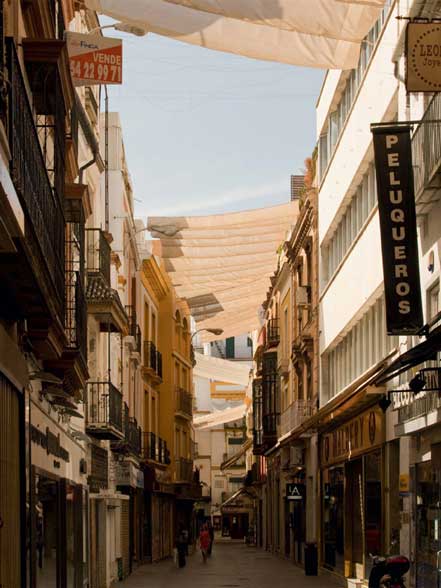
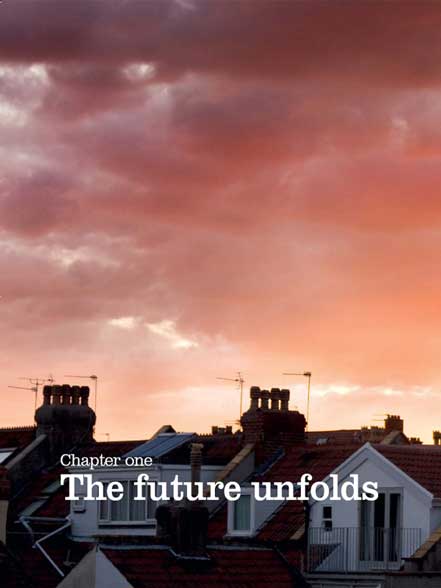
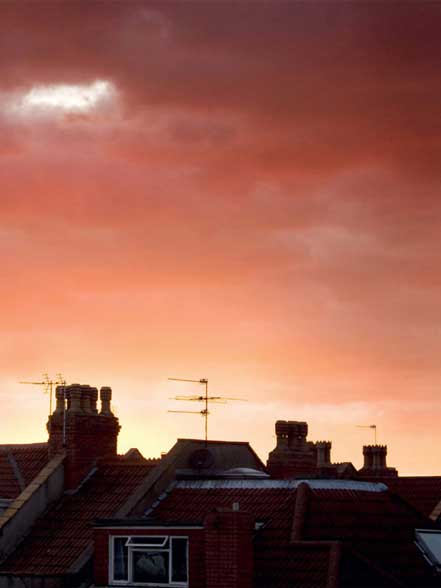
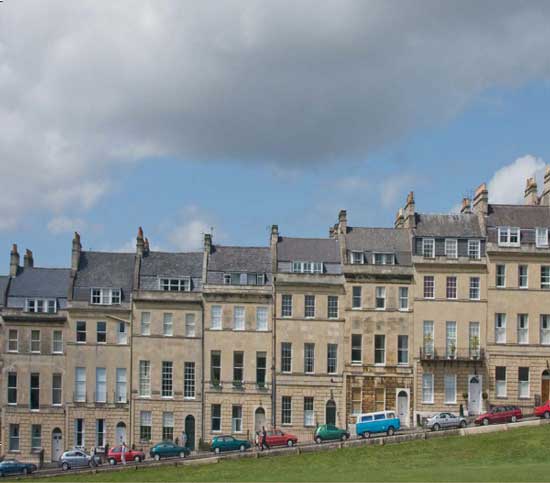
Next page
